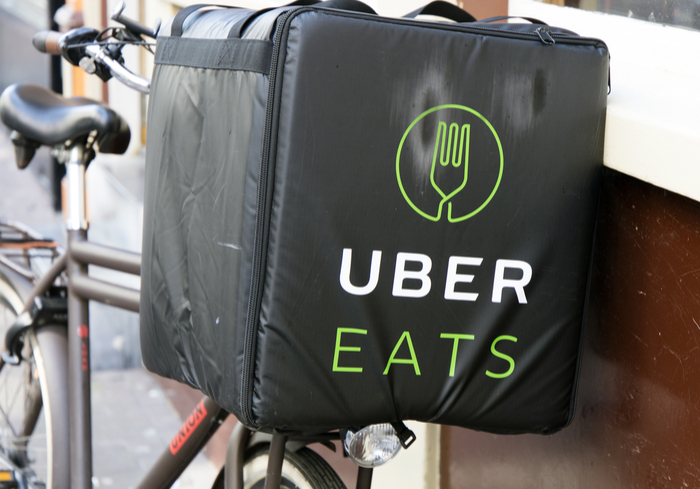Uber Eats In Australia Under Scrutiny From Competition Watchdog

Rod Sims, the head of the Australian Competition and Consumer Commission, said Monday (April 23) that he would look at contracts Uber has with restaurants that use its Uber Eats food delivery service.
Reuters, citing comments Sims made to ABC radio, reported that the watchdog will look at complaints from several restaurants that use the Uber Eats service contending that the contracts they signed left them on the hook for late deliveries even if they paid Uber to deliver them. “Certainly, we’ll have a look at it,” Sims told ABC radio on Monday when asked about the complaints. “We have three bits of the law we can deal with here. One is business to business — are they misleading the people they’re dealing with? Two is: Are they engaged in unconscionable conduct, putting all the conduct together? And thirdly, are the terms with which they work unfair? So, there’s a lot to look at there,” he said. In an ABC report Jodie Auster, head of Uber Eats in Australia and New Zealand, said it was fair for restaurants to be held responsible if they make mistakes with the orders.
The new headache for Uber in Australia comes at a time when Uber Eats is enjoying good growth. According to Recode, Uber Eats is bringing in nearly as much new customer revenue as Grubhub, with customers spending more on Uber Eats than on any other food delivery service in nine of the 22 most populous U.S. cities. The data comes from Second Measure, a company that analyzes billions of dollars’ worth of anonymized debit and credit card purchases.
The news is surprising given that just six months ago, Uber Eats dominated in only three Texas cities: Houston, Austin and Dallas. Now, it’s surpassed Grubhub in El Paso, DoorDash in Fort Worth and Postmates in Phoenix. Even more surprising: It beat out Amazon Restaurants in Amazon’s home city of Seattle. There seems to be plenty of business to go around for all in the market. Overall, food delivery sales grew 51 percent from August to March. And 11 percent of U.S. restaurant sales are expected to come from delivery orders by 2022 — an increase from an estimated 6 percent in 2017, according to Morgan Stanley Research. That is a $32 billion market opportunity within four years.